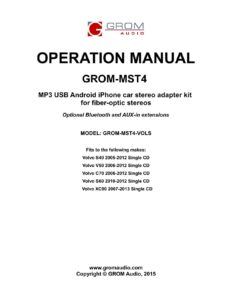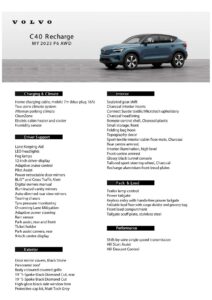Volvo has used various systems to provide traction control and stability to its all-wheel-drive vehicles, including the Haldex system, which has undergone several generations of development.
Haldex Systems
The article explains the differences between the first, second, third, and fourth generations of the Haldex system, including how they work, their features, and their limitations.
First Generation
The first generation Haldex system is a reactive hydraulic system that relies on wheel slip to transfer torque to the rear axles. It uses a mechanical pump connected to the input and output shafts of the Haldex clutch assembly.
Second Generation
The second generation Haldex system is also a reactive AWD system that uses a computer-controlled solenoid to control the clutch plates. It reacts within 90 degrees of wheel slip.
Third Generation
The third generation Haldex system is the first proactive AWD system, which means it can transfer torque to the rear axles before wheel slip occurs. It uses a mechanically driven hydraulic pump and a computer-controlled solenoid.
Fourth Generation
The fourth generation Haldex system is designed to provide instant traction and is marketed as “Instant Traction.” It uses a computer-controlled high-pressure hydraulic pump to replace the mechanical hydraulic pump used in previous generations.
The article also discusses troubleshooting and repair procedures for the Haldex system, including replacing the oil pump, oil filter, and Temperature/Pressure sensor.
Manual:
Download: Volvo (DEM) and Haldex: Spring 2018
Chat: Powered By VoiceSphere






